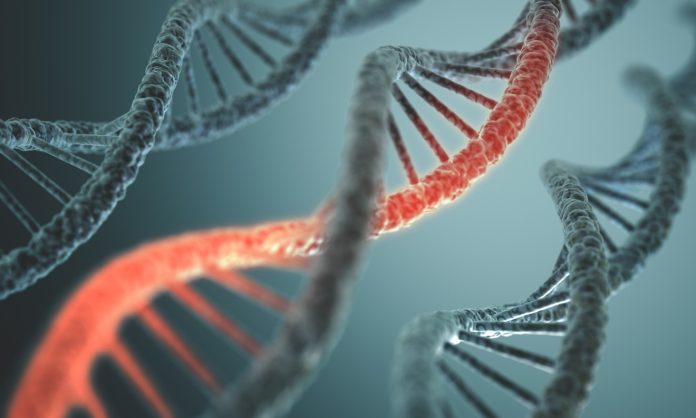Genes in DNA encode protein molecules that serve as workhorses of cells. They do all the life functions. For instance, enzymes like DNA polymerases and those that synthesize new cellular constituents and metabolize nutrients are all proteins.
In simple terms, expressing genes means manufacturing the corresponding proteins. This multilayered process involves two main steps.
In the first one, the DNA information gets transferred to mRNA or messenger RNA molecule by a process referred to as transcription.
During this process, genes in DNA act as a template when it comes to complementary base-pairing, catalyzed by RNA polymerase II. This, in turn, gets processed to make mature mRNA.
What mRNA Is
This is an important part of your body’s daily functioning. It serves as the instruction your body requires to produce proteins, which include the building blocks of every living thing.
Without it, your body won’t use your genetic code, and it may not work as it is supposed to. If DNA is what is referred to as your body’s blueprint, then mRNA is an instruction from that blueprint.
The Applications of mRNA
How long has mRNA been around? Well, it began in 1961, when Brenner, as well as his team, described the presence of unstable molecules, which copies the encoded information by DNA and direct protein synthesis.
Fundamentally, mRNA therapeutics are considered the transient form of gene therapy, which bypasses complications of gene therapy where DNA gets inserted in the genome. Apart from gene therapy, other applications of mRNA may include the following:
- Genetic engineering
- Antibody therapy
- Regenerative medicine
Vaccines and mRNA
All of the mRNA traits make it important for developers to make vaccines. Vaccines aim to improve your immune system and make it react to harmless versions or germs so that when you encounter the actual thing, you will be ready to handle it.
Researchers have discovered a way of introducing and protecting mRNA on the surface of the SARS-CoV-2 virus.
The vaccine provides enough mRNA to ensure there are sufficient spike proteins in an individual’s immune system. With this, individuals can generate the required antibodies to protect themselves when they get exposed to a virus.
The cells destroy mRNA in vaccines, just like other mRNAs would. mRNA can’t get into the nucleus of a cell or affect an individual’s DNA.
Examples of Vaccines
Are you curious about how mRNA vaccines, as well as other kinds of Covid-19 vaccines, may help to develop strong immunity against coronavirus? If yes, you will need to understand how various technologies work with your immune system to get that protection. The major types of Covid-19 vaccines being studied or available currently are the following:
- Protein subunit vaccine
- Vector vaccine
To Wrap-Up!
Like every vaccine, mRNA vaccines need approval or authorization from the FDA (Food and Drug Administration) before they are used. Currently, vaccines produced to protect you against coronavirus are the only approved or authorized mRNA vaccines. These kinds of vaccines use mRNA to direct cells to make copies of proteins on the periphery of the Covid-19 virus, referred to as spike protein.
Disclaimer: This article contains sponsored marketing content. It is intended for promotional purposes and should not be considered as an endorsement or recommendation by our website. Readers are encouraged to conduct their own research and exercise their own judgment before making any decisions based on the information provided in this article.




































